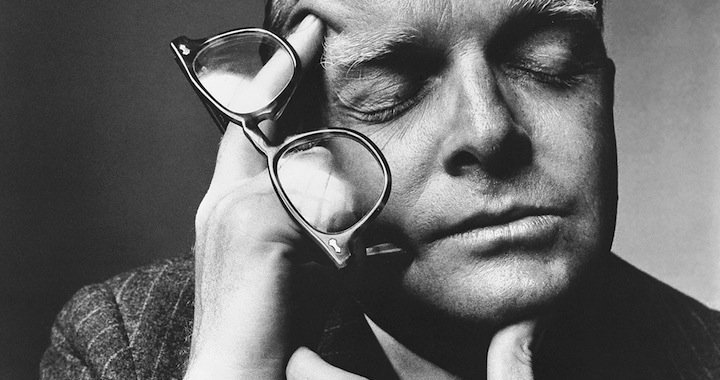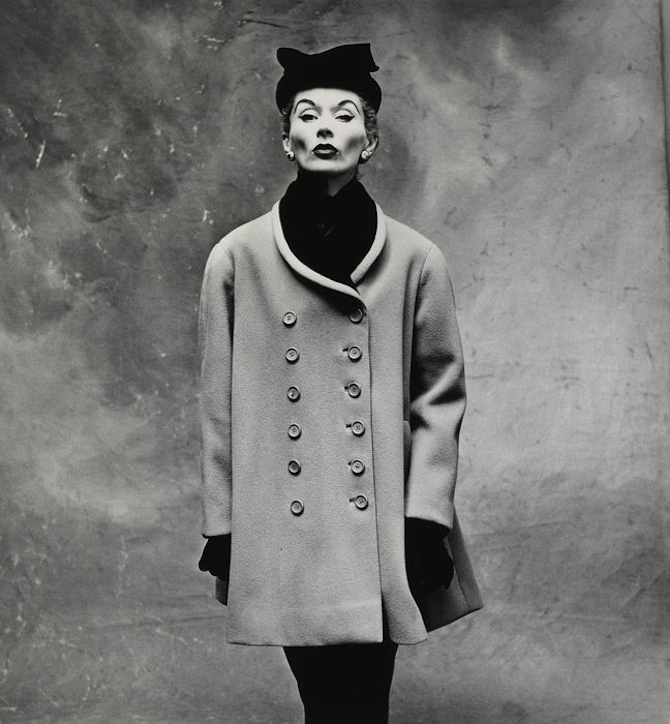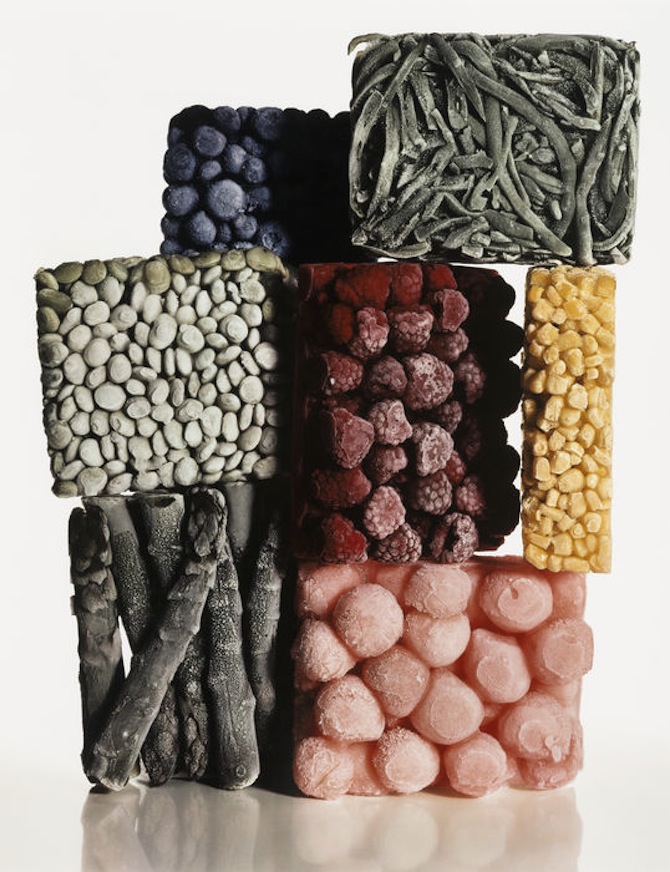
Irving Penn’s “Diverse Worlds” at Kumu Art Museum, Tallinn
14/06/2013
Irving Penn “Diverse Worlds”
Kumu Art Museum, Tallinn
June 14 – October 6, 2013
Starting from June 14, 2013, Kumu Art Museum in Tallinn will host an exhibition “Diverse Worlds” dedicated to one of the leading photographers of our time – Irving Penn (1917–2009). In distinct series of portraits, fashion photographs and still lifes, Irving Penn developed a unique style that is recognisable for its clarity of detail and precision, and for minimalist expression. The exhibit will include photographs that cover more than 50 years of his artistic career, as well as magazine covers, most of which are from American Vogue, where the photographer worked for almost his entire professional career. The 1943 cover of Vogue was Irving Penn's first published cover photograph. His final cover for the magazine was published in 2004. In the 1970s he began to focus increasingly on exhibitions and books, and in 1984 the Museum of Modern Art in New York arranged a comprehensive retrospective of his work. Penn worked almost exclusively in the studio, primarily in his own in Manhattan, but also in a mobile studio that he put up wherever he happened to be in the world. Irving Penn passed away in 2009 in New York. The exhibition will be on view until October 6, 2013.
Arterritory.com contacted Andreas Nilsson, the curator of the exhibition, for a short interview.
Why the title of the exhibition is "Diverse Worlds"? What does it mean in the context of Irving Penn?
The title of the exhibition refers to the various seemingly distinct series of photographs that make up Irving Penn's body of work. He worked within many fields of photography but is perhaps best known for his fashion photographs and portraits of artists such as Salvador Dalí and Marcel Duchamp. The exhibition “Diverse Worlds” presents several of Penn's series of works, including fashion and advertising, celebrity portraits, still life and portraits of people he met on many of his travels around the world. What connects Penn's different series is his curiosity and his desire to portray the subjects in a very detailed manner. He did this by photographing everything, with few exceptions, in the same milieu – his studio. All of Penn's image worlds were constructed in the same room.
What was the criteria for the selection, which photographs to include in the show?
The exhibition “Diverse Worlds” was first showed at Moderna Museet Malmö in Sweden where I work as a curator. The selection for the exhibition is based on a generous donation of 100 works to Moderna Museet in 1995 from Irving Penn in memory of his Swedish-born wife, Lisa Fonssagrives-Penn. Moderna Museet holds one of the largest collection of Penn's work outside the USA, and from the donation and the works that were already in the collection of Moderna Museet we have selected about 90 photographs to present in the exhibition. The selection was made in a manner to present the width of Penn's work and how everything met in his studio. Given Irving Penn's work for magazines, such as Vogue and Look, I also found it important to include some of the magazines he worked for. Perhaps especially in the beginning of his career, Penn considered the magazines a very good place to reach out with his images and ideas. And he never really stopped working for Vogue. Therefore one can also find a small selection of magazine covers and book spreads presented in showcases in the exhibition.
How did the works by Irving Penn change the contemporary photography?
It seems to me that Irving Penn never made any distinction between what he did as an editorial photographer for a magazine or as a more artistic photographer. For him the dichotomy between high and low culture seemed to be unimportant and in that sense he preceded a postmodern thinking where the boundaries started to blur between different genres. To be a bit more concrete – I think that even today we can see how Penn's characteristic style has influenced, perhaps most evident, the fashion and advertising photography. In today's fashion magazines his minimalistic and detailed style can still be found. And we also see well-known artists within photography published in lifestyle magazines and in advertising.
What does Irving Penn mean to you? Have you ever met him?
No, I've never met him. I find his work aesthetically fascinating in the sense he treated everything in the same manner – living or dead object, known or unknown person seemed to be of the same value for Penn. It is also interesting to discuss how photographic works function both on a magazine cover and on the walls of a museum.

Ingmar Bergman (1/4). 1964, Stockholm, Moderna Museet, Sweden © The Irving Penn Foundation

Balenciaga Little Great Coat (Lisa Fonssagrives-Penn). 1950, Paris, Moderna Museet, Sweden © The Irving Penn Foundation

Frozen Foods with String Beans. 1977, New York, Moderna Museet, Sweden, © The Irving Penn Foundation

Cat Woman. 1970, New Guinea, Moderna Museet, Sweden © The Irving Penn Foundation